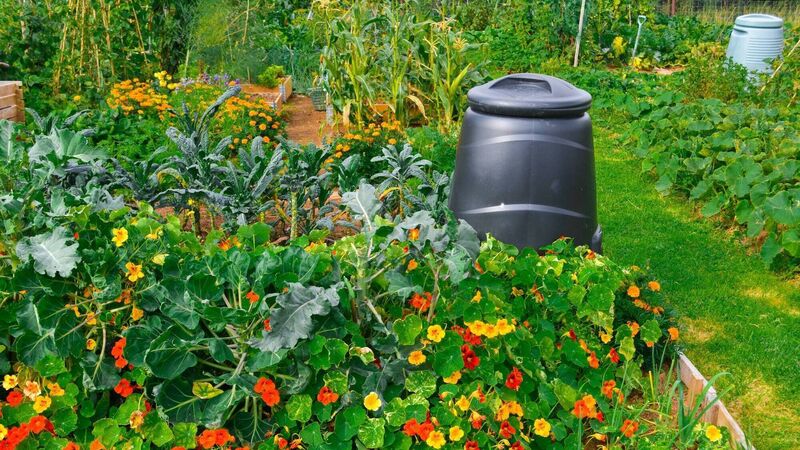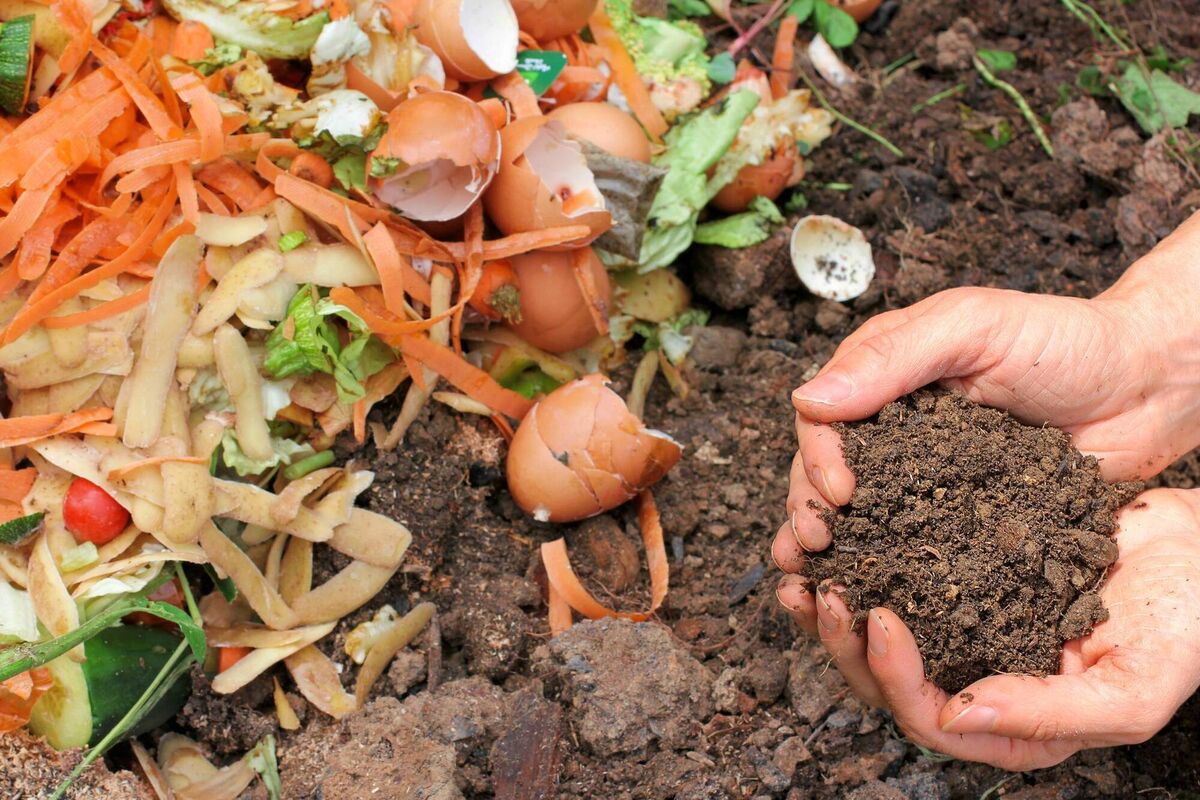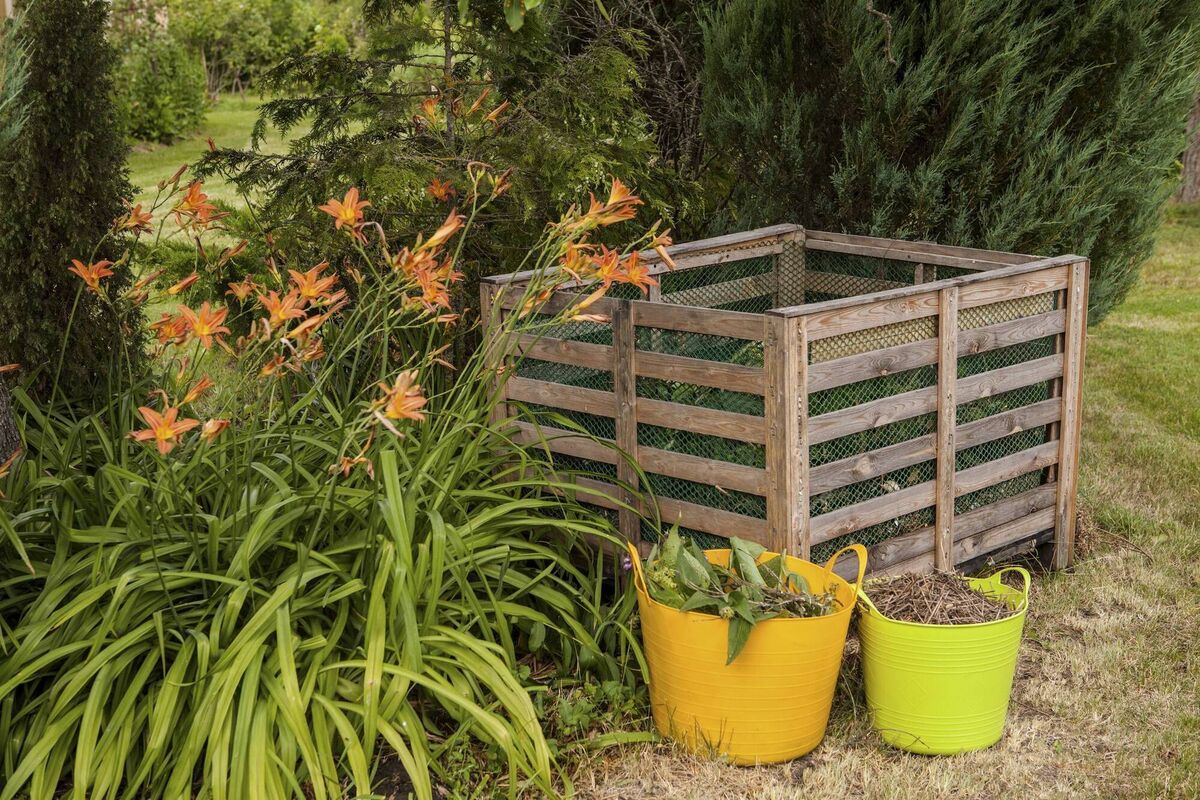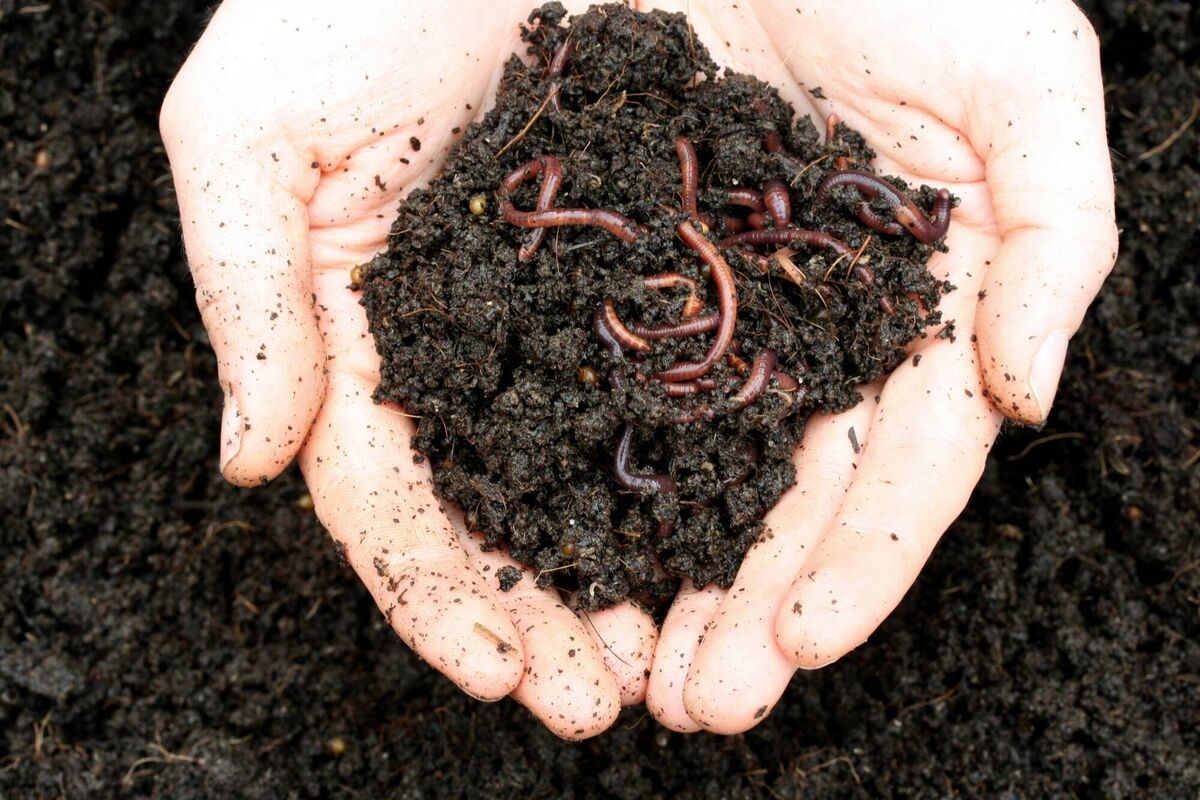Peter Dowdall: How to turn summer garden waste into compost

For the gardener, compost bins help ensure we have that most precious commodity of all, healthy soil. File pictures
There is seemingly no end to the amount of garden waste produced during the summer months. Everything is growing at full speed and prunings, lawn mowings, pulled weeds and dead flower heads quickly mount up.
That’s not even speaking of the kitchen waste of veg peelings, leftover scraps, teabags, coffee grounds and so much more.
To the gardener, of course, these items are far from waste, they are the raw materials for that most precious commodity of all — healthy soil.
We all know about composting and the importance of it — not just in terms of improving our garden soil but also in reducing waste to landfill.
Composting is an age-old process but how do you turn this organic waste into crumbly, rich compost without leading to a sodden mass of decaying material that simply draws vermin?
While the process can be straightforward, managing and maintaining a healthy compost pile during the hot summer months requires some specific considerations to ensure success.
At its core, composting is the biological decomposition of organic materials such as leaves, grass clippings, and kitchen scraps by microorganisms in aerobic conditions. The result is a dark, crumbly, and earthy-smelling material known as compost, which enriches soil, improves structure and enhances moisture retention.
There are a few secrets to good and effective composting and the first of those is to ensure a good mixture of materials.

Green materials which include kitchen scraps, grass clippings, and coffee grounds are rich in nitrogen and nitrogen is essential for the growth of microorganisms that break down organic matter.
Brown materials which are high in carbon and include dried leaves, straw, twigs and cardboard. Carbon provides energy for microorganisms.

Getting the mix right between green and brown materials is essential. Maintaining the right carbon-to-nitrogen ratio is crucial for efficient composting. The ideal C:N ratio is around 30:1. During hot months, organic materials decompose faster, so balancing greens and browns becomes even more critical.
If you add too many greens, this can lead to a slimy, smelly pile, while too many browns can slow down decomposition. For example, a compost bin filled with lawn mowings will take forever to break down, you will simply end up with a stagnant, smelly mass and a pile of too much brown material will allow too much air in will sit there forever.
When adding materials, layer green and brown materials alternately. This ensures a balanced mix and prevents the clumping of similar materials. If your compost pile becomes too wet or smelly, add more high-carbon materials like straw, shredded paper, or dry leaves to absorb excess moisture and balance the C: N ratio.

The second element to get right is the moisture level. A compost pile should be kept moist but not waterlogged. Moisture is vital for microbial activity and chemical reactions. In hot weather, maintaining the right moisture level is important. High temperatures will speed up the composting process which is good but it can also lead to the pile drying out which will, in turn slow down the process.
Check the moisture level of your compost pile frequently. It should feel like a damp sponge. If it’s too dry, add water using a hose with a spray nozzle for even distribution. Avoid soaking the pile as too much water can create anaerobic conditions, which will slow down the process substantially and also lead to odour problems.

Use an old carpet, wet cardboard or tarpaulin to cover your compost pile. This helps retain moisture by reducing evaporation. However, ensure there’s still some air circulation to prevent the pile from becoming anaerobic.
Incorporate water-rich green materials like fruit and vegetable scraps. These will help to maintain moisture levels and balance the carbon-to-nitrogen ratio.
Composting also needs even heat distribution and oxygen to help with the breakdown of the materials. Turning the pile introduces oxygen and also ensures a more even rate of decomposition as if the pile is left unturned, it is only the material at the centre which will reach the correct temperature and everything on the outside will remain unaffected.

A healthy compost pile will contain plenty of bacteria, fungi, and other microorganisms which are the workhorses of the composting process. Earthworms also play a significant role and are to be encouraged.
The pile should be inaccessible to vermin to prevent any nasties from hanging around and nesting within. Again, a good cover will help with this. In most domestic situations, a compost tumbler, which is in effect, a bin raised from the ground on a fulcrum, is a great solution as they are covered and as they turn and rotate, it is very easy to turn the pile.
Finally, remember that the smaller the pieces you add to the pile, the quicker they will break down so where possible, shred the material or cut into small pieces and don’t ever add meat or cooked food to the mix. For these, you can opt for a worm composter.

- Got a gardening question for Peter Dowdall? Email gardenquestions@examiner.ie











